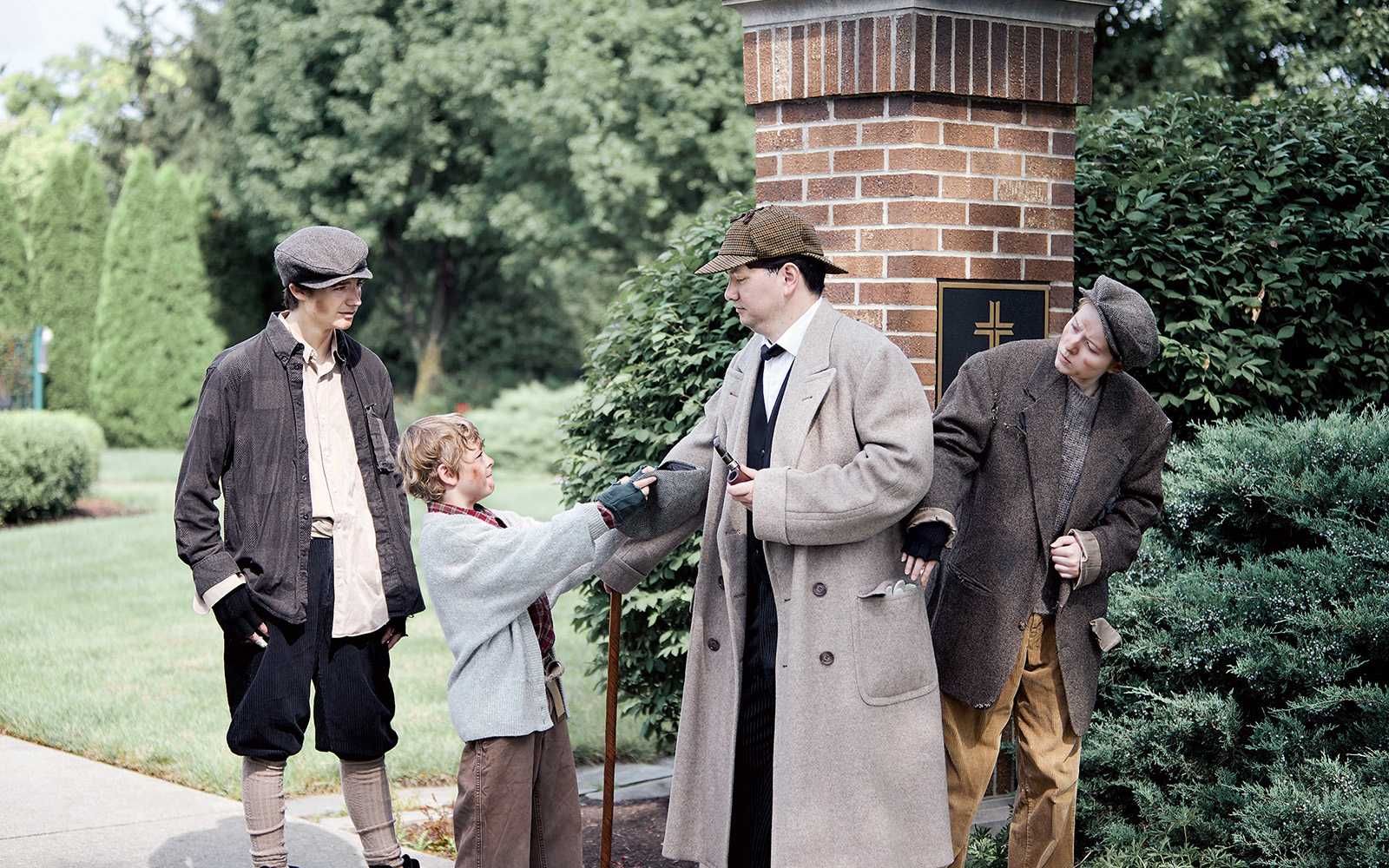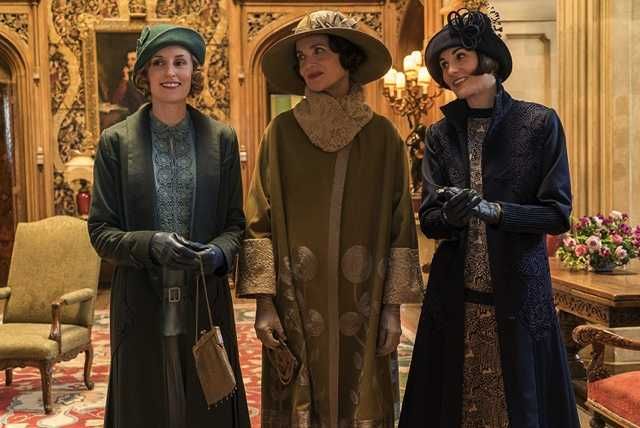My first encounter with Flora, the Red Menace was through the original cast recording of the 1965 Broadway production. The library at my undergraduate university had an incredible collection of Broadway cast recordings and I would regularly check out stacks of albums from shows I didn’t know.
In one of those stacks was Flora. Here was Kander and Ebb’s first Broadway show, starring a young Liza Minelli. It sounded promising, but upon listening to it, my reaction was definitely mixed! There were some great songs, but also some pretty lame ones, and the album’s liner notes described a story that seemed awfully complicated and confusing. Apparently, others agreed: The original production ran for only 87 performances. But the reviews raved about several of the show’s songs and Minelli’s performance in particular — she won the Tony Award that season for best performance by a leading actress in a musical.
So for years Flora existed in my head as “that Liza show with some great songs.” Then in the mid-’90s I stumbled upon a new recording of the show, a totally revised version that cut the huge cast down to nine actors, kept all the great songs, replaced the weak songs with much better ones, and presented the story within the context of the production being produced by the Federal Theatre Project in 1935.
Suddenly the show came alive for me and the simple story of an optimistic, eager young woman and her artistic friends trying to make their way in the midst of the Great Depression had new resonance.
Her connection to the ideals of the American Communist Party of the 1930s became more than an excuse to be with the man she loved, as it appeared to be in the original version. Here it became an outgrowth of her desire to make America a better place. Although her actions backfire against her and she suffers significant loses, her spirit and idealistic optimism persist.
It is with that sentiment that I approached this production in our own divided, troubled America of today.
 Submit Your Event
Submit Your Event



